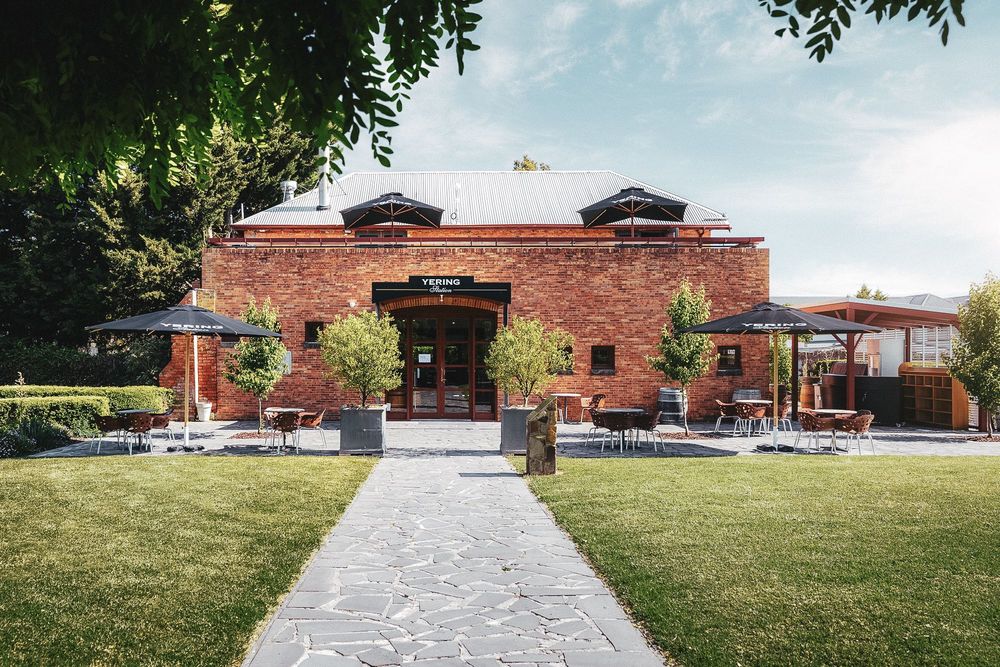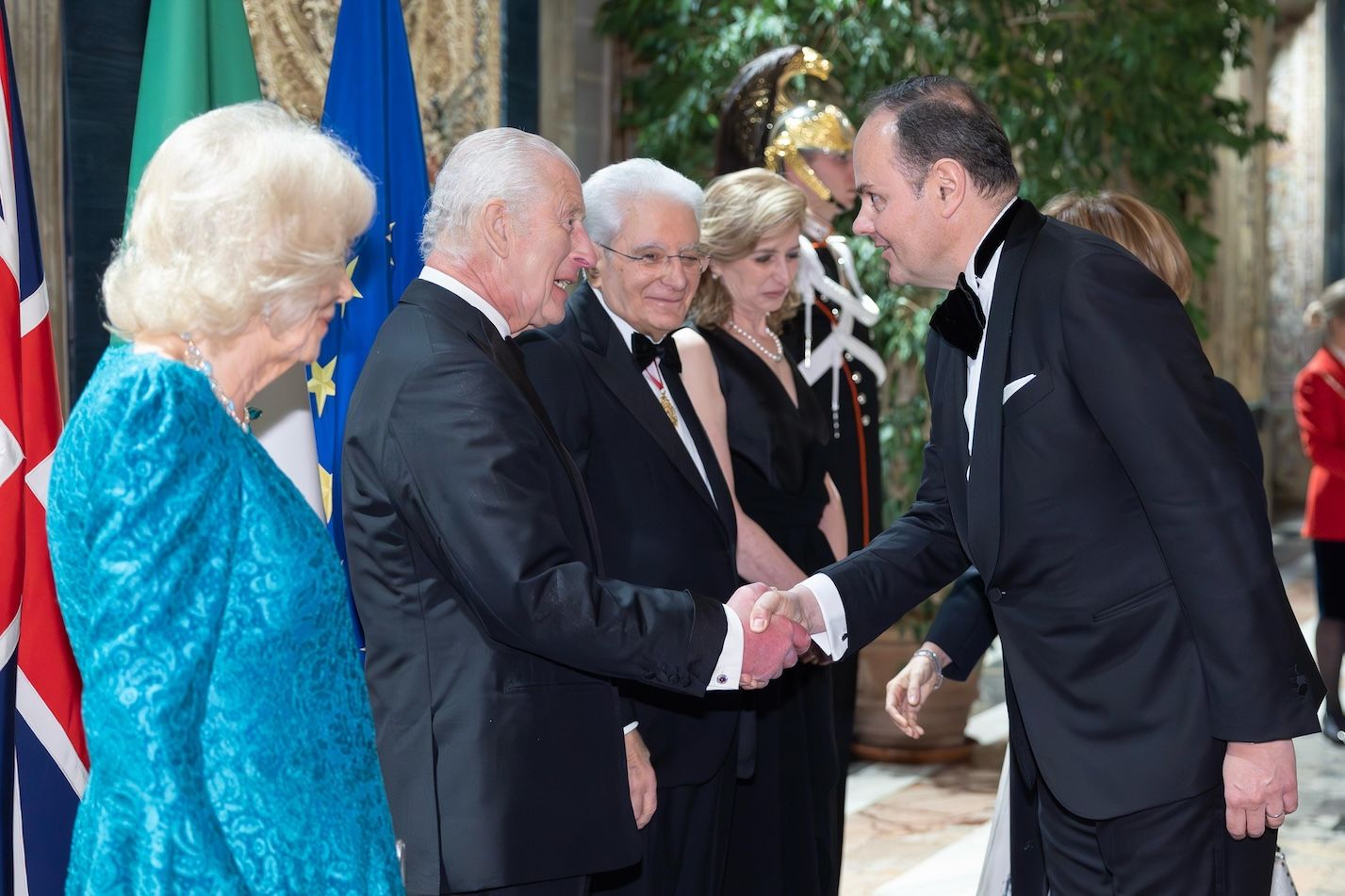Yering Station’s Brendan Hawker explains how a major replanting programme since phylloxera broke out in the Yarra Valley in 2006 has helped the region re-group and potentially make even better, fruit-focused wines.
How did you first get into wine and want to be a winemaker?
I was an avid homebrewer of beer in high school, but I believed that my career path would be in medicine. I didn’t get in and after a period of reflection and some external guidance, I realised that I got a lot of satisfaction in making something – in this case beer – that brought others enjoyment. There wasn’t a clear ‘brewing’ pathway through university in Adelaide at the time, but there was a world renowned winemaking program just down the road from where I grew up. So I enrolled and never looked back, despite effectively knowing nothing about wine.
How did you train?
I studied winemaking at Adelaide University and started working at a local bottle shop, which was great exposure to fine wine and tasting.
Where have you been able to do vintages to help with your training and knowledge?

Brendan Hawker has travelled around Australia, New Zealand and California to widen his winemaking experience
My first two vintages were in McLaren Vale at Kangarilla Road, which were a shock to the system and also incredibly fun. I’m forever grateful to the owners and all the winemakers I worked with during this time. All were generous, patient, encouraging and shaped the foundation of the winemaker I am today. Two vintages then followed in Marlborough at Wither Hills, which opened my eyes to new varietals and scale. A harvest in Napa Valley at Jericho Canyon, which taught me what the highest level of detail can look like in winemaking. Last but not least a vintage in Champagne, which showed me the art of blending, not to mention having unfettered access to great French wines.
You are now heading up the winemaking at Yering Station – but you have already spent some time at the winery?
Yes, across a couple of stints. I started at Yering back in the middle of 2008 as a cellar hand and became assistant winemaker in 2009. I resigned in late 2012 to go travelling for a few years with my wife, and was fortunate enough to be brought back on as winemaker in late 2014. I again resigned in late 2018 to take on the winemaking for an old Yarra Valley brand with new owners.
What made you want to return and take on the full winemaking role?
Yering Station is an iconic brand in the Yarra Valley, with fantastic vineyard resources and a legacy of great wine. It is a part of the Rathbone Wine Group, which is family owned and operated and is a quite diverse business in itself, with other iconic regional brands. They are also a lovely family to work for, so when the opportunity presented itself, it was a no brainer to return.
What is your winemaking philosophy and what styles of wine are you looking to make?
I aim to make fresh and bright wines of purity and elegance, with subtle layers of complexity. I believe the way to achieve this is through farming and making each block and parcel of fruit to its own best expression of site, variety and balance. We then focus on careful barrel selection and blending to sew each layer together to finish with a final blend that is expressive of our vineyards, variety and vintage.
Is it fair to say there is a strong Burgundian influence in the wines you make – what is it you are looking to take from Burgundy and reflect in your wine?

Yering Station is going through a major replanting programme following the discovery of phylloxera in the Yarra Valley in late 2006
While we look to Burgundy as the global benchmark of Chardonnay and Pinot Noir, we are not trying to replicate their wines. The influence is more vineyard focused – where Burgundy has centuries of experience in farming vineyards and the understanding of where the better parcels of fruit come from, we look to technology to help us accelerate a better understanding of our blocks and to find the sweet spots within that we harvest separately. In the winery we pick based on flavour and largely aim to keep out of the way of the fruit, avoiding any heavy handed, overly extractive techniques and judicious use of new oak.
What do you see as the key points of difference that wines from the Yarra valley can offer?
Climatically the Yarra Valley is slightly warmer than Burgundy and slightly cooler than Bordeaux, combined with varied topography and soil types enables the Yarra to produce cool climate wines with both precision and focus, and power and intensity, all the while maintaining elegance. It also quite rare for a region to produce fine sparkling wines along side high quality Cabernet blends. All this is possible thanks to our varied meso-climates, thoughtful site selection and talented viticultural and winemaking teams.
Why do you think the UK has been so receptive to the Yering Station wines?
Winning the International Winemaker of the Year’ at the highly coveted International Wine and Spirit Competition, London in 2004 brought the Yering Station Winery to prominence in the UK. This combined with our varietal mix and the style of wine we make being fresh, fruit centered, with layers of complexity plus longevity tick a lot of boxes for trade and consumers alike. Having a brand that has a legacy of quality and with the deep history of the property, first vineyard planted in the State of Victoria in 1838, lends much authenticity, which I believe is also critical to any brand’s success.
Not to mention decades of hard work and presence by our sales team in the UK market, distributed through Bibendum.
What are you doing in the vineyards and cellar to really accentuate the Yarra and the sense of place at Yering?
Aside from a few small cellar door releases, we make blended wines across our portfolio of varieties. Yet in the vineyard and winery we keep each parcel of fruit separate all the way through its elevage, with many being broken down into smaller sub sections or treatments. This gives us the broadest spectrum possible of wines to begin assembling our blends from. With each label, we then focus achieving a complete, balanced and complex wine, representing what we see as the best of variety, vintage and price point from our little corner of the Yarra Valley.
What have been your biggest achievements to date?

Yearning Station has been scoring high and winning multiple awards for its wines
It has been very satisfying how well our 2020 Reserve Chardonnay and Shiraz Viognier have been received by wine shows and media alike. This is also the case with our 2021 wines, which are in market domestically and beginning to land on shores in the UK.
Looking back a bit further, our 2017 Scarlett Pinot Noir being given 99 points by James Halliday and our 2012 Reserve Chardonnay winning the National Wine Show’s Chardonnay trophy were also some fantastic highlights.
What have been the biggest challenges and how have you overcome them?
The discovery of phylloxera in the Yarra Valley in late 2006 has been the biggest challenge by far. We need to assume that eventually all our vineyards will have this vinifera root pest and that all will need replanting on phylloxera resistant rootstocks. So we have been methodically replanting 10 acres per year, give or take. We are approaching a point now where all vacant blocks have been planted and under performing blocks and sites with the wrong variety have been pulled and replanted. This is a great space to be in as by the time we are forced to replant high quality, own rooted vineyards the new plantings will have 10+ years of maturity. Early indications of quality in our replantings are most exciting.
As serious and expensive this challenge is, there is a silver lining in that we are able to restructure our vineyards and varietal mix to better suit market demands, plus safeguard against a warming climate. Focusing more on planting easterly and southerly aspects to Pinot Noir and Chardonnay and using drought resistant rootstocks are a couple of such examples.
What next for you and Yering Station in terms of the wines you are making and where you want to take them?

Yering Station is Victoria’s oldest vineyard and a major influence on the Yarra Valley
We are putting a lot of time and effort into refining our processes and detail in what we do in the cellar and vineyards, always looking for improvements. There is a lot of excitement too with new plantings and clones of Chardonnay, Pinot Noir and Shiraz. We have also been growing Grenache and Mourvèdre now for 4 years at our Springlane vineyard, with results pointing towards a bright future for these varieties.
Anything else you would like to add?
We are working hard towards certification of our vineyards and winery by Sustainable Winegrowing Australia. This is a part of our broader and ongoing commitment to sustainability and the continuous improvement of our environmental and sustainable practices.
In the winery we are focusing on our energy usage with the upgrading and better management of our plant and machinery, plus 250kW of commissioned solar generation. Also, reducing our water usage and our choice of cleaning chemistry to have less environmental impact.
In the vineyard we are doing much to improve the quality and biodiversity in our soils using cover crops and composting winery and vineyard organic matter to be spread back out under vine.
- You can find out more about Yering Station at its website here.
- The Elms Pinot Noir is on sale at £9.99 down from £12.99 in Waitrose until December 27.
- Yering Station is distributed in the UK by Bibendum, a partner supplier to The Buyer.










































